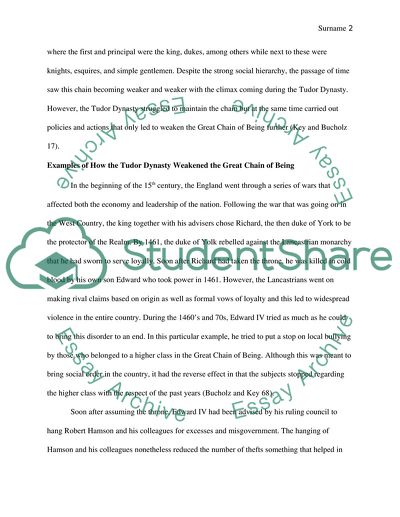Cite this document
(“Great chain of being Term Paper Example | Topics and Well Written Essays - 1500 words”, n.d.)
Great chain of being Term Paper Example | Topics and Well Written Essays - 1500 words. Retrieved from https://studentshare.org/history/1636311-great-chain-of-being
Great chain of being Term Paper Example | Topics and Well Written Essays - 1500 words. Retrieved from https://studentshare.org/history/1636311-great-chain-of-being
(Great Chain of Being Term Paper Example | Topics and Well Written Essays - 1500 Words)
Great Chain of Being Term Paper Example | Topics and Well Written Essays - 1500 Words. https://studentshare.org/history/1636311-great-chain-of-being.
Great Chain of Being Term Paper Example | Topics and Well Written Essays - 1500 Words. https://studentshare.org/history/1636311-great-chain-of-being.
“Great Chain of Being Term Paper Example | Topics and Well Written Essays - 1500 Words”, n.d. https://studentshare.org/history/1636311-great-chain-of-being.


